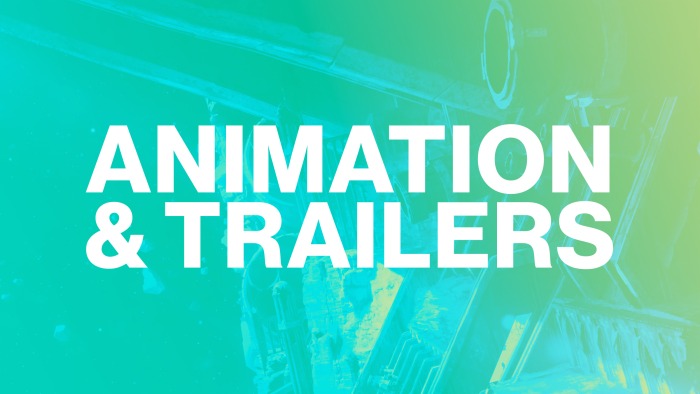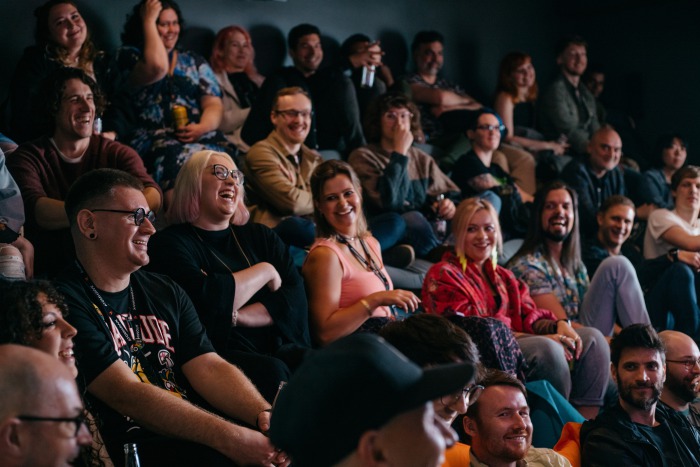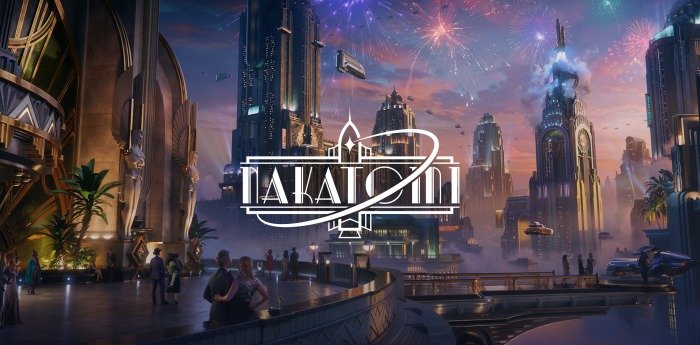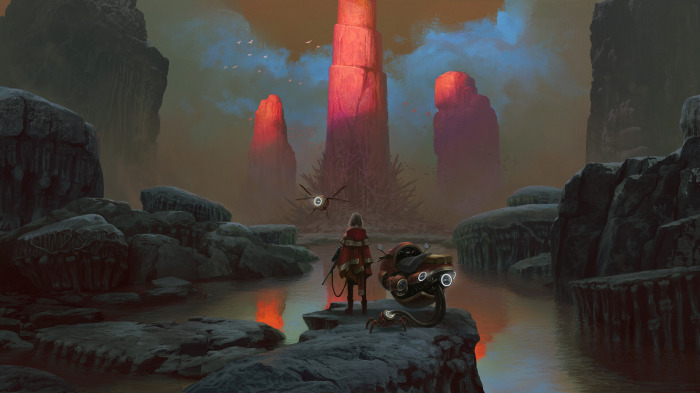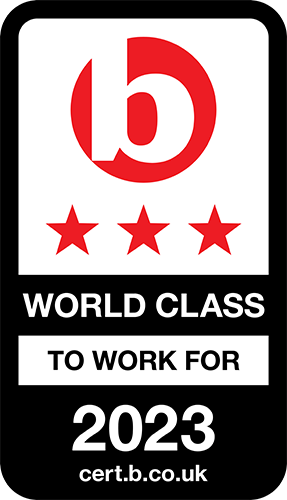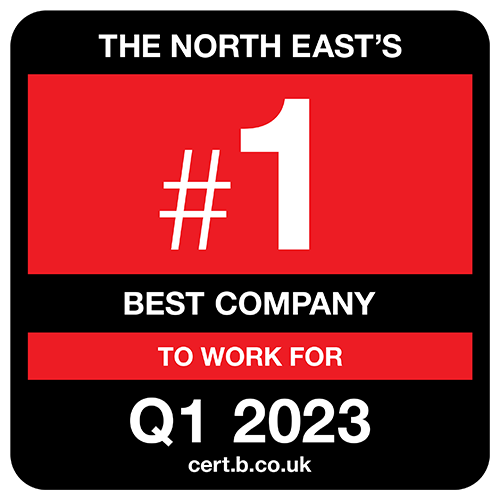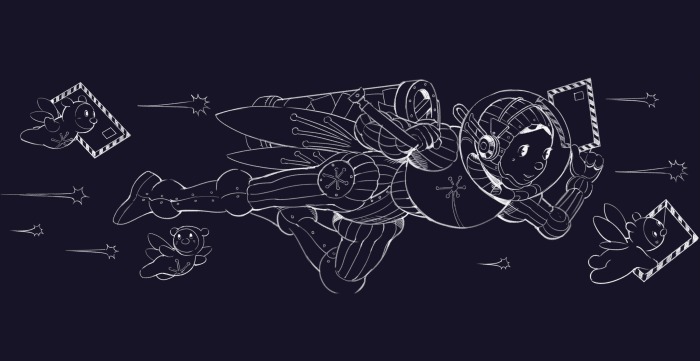We are constantly evolving how we approach early concepting and storytelling, moving beyond static keyframes and style frames into the world of animated pre-viz and real-time 3D layouts. Traditionally, early concept development relied on 2D storyboards or isolated visual explorations. Now, using tools like Unreal Engine and Blender, we can create animated tests and layout sequences that bring narratives to life earlier in the pipeline, allowing teams to explore mood, motion, camera, and effects in context.
We leverage our 3D expertise and procedural workflows to build fully realized layout animatics, using real-time rendering to quickly iterate on sequences and experiment with everything from pacing and scene geography to interactive mechanics and visual effects. This approach blends the flexibility of traditional 3D animation with the speed and power of game engine tools, letting us create animated visualizations that are richer and more detailed than 2D animatics alone.
Whether we’re blocking out action, testing a lighting scenario, or previewing a sequence with VFX, Unreal lets us turn ideas into immersive, editable scenes in a matter of days–not weeks!
This shift in process gives creative teams a clearer view of the narrative early on, making space for smarter decisions and more ambitious storytelling before anything hits final production. From game trailers and vertical slices to cinematic storytelling and experimental concepting, we’re reimagining what early animation and previz can look like when it’s driven by real-time tools and a 3D-first mindset.
🔸 Real time rendering for faster iteration of ideas
🔸 Animated visualisations that are richer and more detailed than traditional 2D
🔸 Creative freedom to experiment in a cost-effective environment
🔸 More ambitious storytelling opportunities, earlier in the process
🔸 Easily integrate early layout and previz work into final production pipelines
